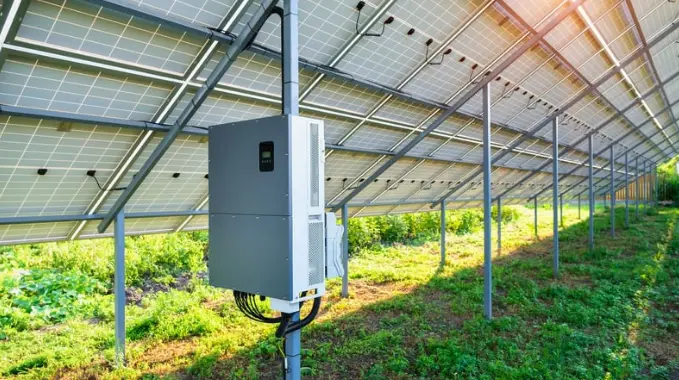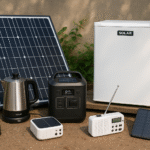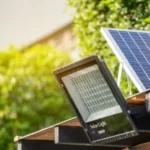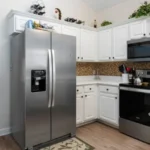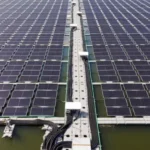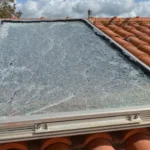Ever wondered why your solar power system isn’t giving you the performance you expected, despite bright sunshine and quality panels? The answer may lie in one small, often-overlooked device: the solar controller. This unsung hero regulates the energy flow between your solar panels and battery, protecting your system from damage and maximizing efficiency.
Whether you’re a homeowner, an eco-conscious consumer, or a small business owner, understanding how a controller works can help you save money, extend battery life, and enhance your overall solar setup.
What Is a Solar Controller?
A solar also known as a charge controller, is a crucial component in solar power systems that incorporate batteries. Its main job? To regulate the voltage and current coming from the solar panels and ensure that batteries are charged safely and adequately.
There are two main types:
- PWM (Pulse Width Modulation): Basic and affordable, ideal for smaller systems.
- MPPT (Maximum Power Point Tracking): A more advanced technology that extracts the maximum power from solar panels by adapting to voltage changes.
“I upgraded from PWM to MPPT and saw a 20% gain in energy retention on cloudy days,” says Leo, a homeowner running a solar-powered cabin in Colorado.
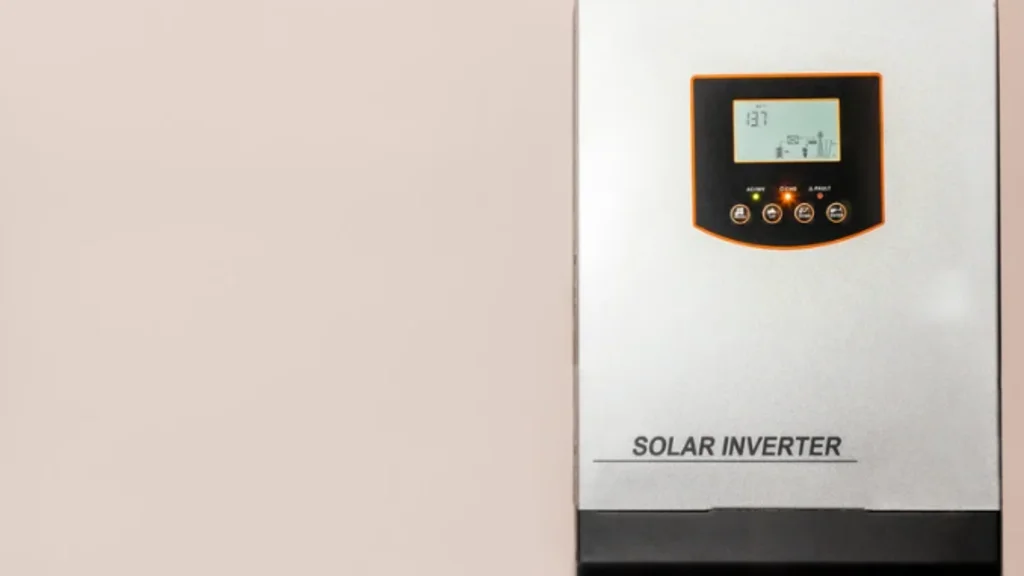
Why Is a Controller So Important?
Without a controller, you risk overcharging your batteries, which can cause them to overheat, lose capacity, or even become hazardous to use. On the other hand, undercharging due to poor regulation can reduce battery lifespan and performance.
Here’s What a Controller Does:
✅ Prevents battery overcharging
✅ Stops reverse current drain at night
✅ Enhances battery life through optimized charging cycles
✅ Allows multi-stage charging for deep-cycle batteries
✅ Supports system monitoring via LCD or remote apps
Visit here : solar panel cleaning.
How a Controller Works (In Simple Terms)
Let’s say you have a 400W solar panel producing 18V during peak sun. Your battery, however, only accepts 12V. A solar controller steps in to ensure that energy is delivered at the correct voltage and current, protecting the battery while maximizing energy use.
MPPT controllers, in particular, convert excess voltage into usable current, effectively extracting more efficiency from the same sunlight compared to PWM.
When Do You Need a Controller?
If your system includes a battery, such as in off-grid setups, RVs, boats, cabins, or solar backup systems, then yes, you need a controller.
You don’t necessarily need one if:
- You have a grid-tied system without battery storage.
- Your panel’s voltage and current match your battery, and the wattage is under 5W.
However, for anything larger or involving deep-cycle batteries, skipping a solar is a risk not worth taking.
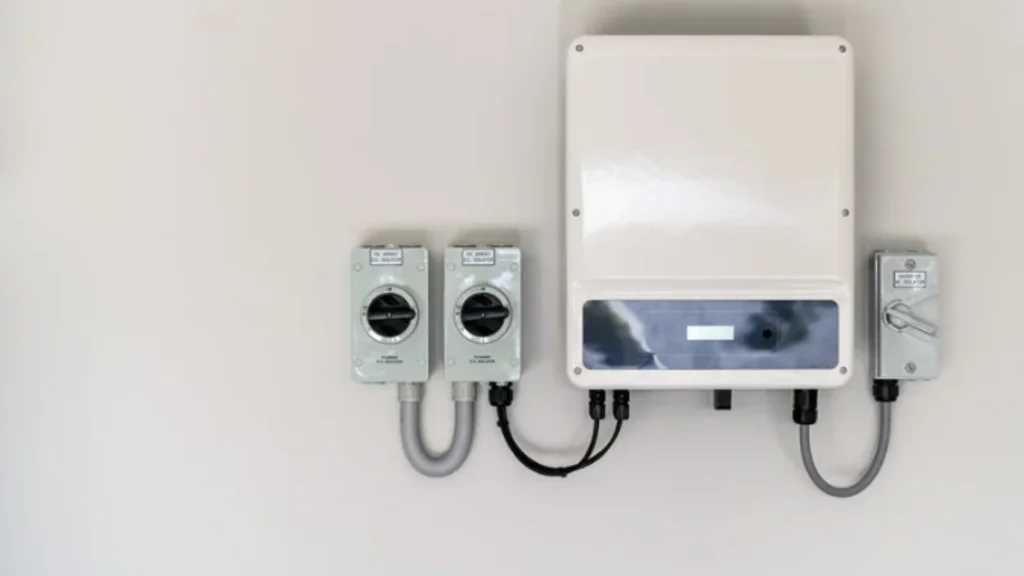
Real-World Application: A Small Business Scenario
Take the case of Nina, who runs a small, organic café in New Mexico, utilizing solar panels and a lithium battery system for off-grid backup. Initially, she had frequent battery failures and inverter shut-offs.
After a technician installed a 40A MPPT solar controller with Bluetooth monitoring, the system stabilized. She could now track charge levels, panel output, and avoid energy shortfalls—saving her over $600 in battery replacements in just one year.
Choosing the Right Controller
Here’s a quick guide to help you pick the right controller for your setup:
| System Size | Recommended Type | Notes |
| Under 100W | PWM | Budget-friendly, simple use |
| 100–400W | MPPT (if budget allows) | Better efficiency |
| 400W+ | MPPT | Essential for performance |
| Lithium Battery Systems | MPPT | Smarter charging stages |
Key Features to Look For:
✅ Temperature compensation for hot/cold climates
✅ LCD screen or app-based remote monitoring
✅ Multi-stage charging (bulk, absorption, float)
✅ Load terminals for DC devices
✅ Automatic system voltage recognition (12V/24V/48V)
Click here : How do solar panel work.
Common Mistakes to Avoid
Even experienced users sometimes get these wrong:
- Undersizing the controller: Always match controller amps to panel output + 25% safety margin.
- Wrong type for battery chemistry: Lithium batteries require controllers with specific charging algorithms.
- Skipping controller maintenance: Dust, corrosion, or loose wires can degrade performance over time.
- No monitoring setup: Without visibility, you’ll miss early warning signs like over-discharge.
Tip: Set a reminder to inspect your controller’s status and wiring at least once a quarter.
Troubleshooting Checklist
If your system isn’t charging correctly, check:
✅ Are the panel voltage and controller rating compatible?
✅ Is the battery reading “Full” when it’s not?
✅ Are the wires corroded or loose?
✅ Is the temperature sensor connected (if included)?
✅ Have you checked for firmware updates (for smart controllers)?
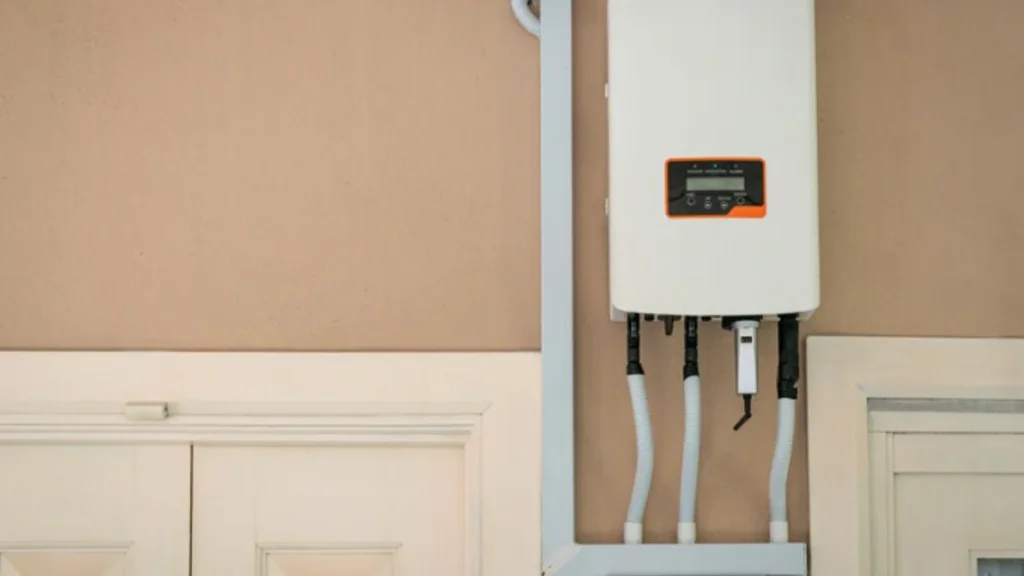
How Solar Controllers Support EV Charging and Smart Homes
Controllers are evolving. Many new models include:
- Smart home integration
- Remote diagnostics
- Load management for solar EV chargers
If you’re charging an electric car using home solar, ensure your controller can handle surge currents or communicate with a hybrid inverter to optimize loads.
Controller Maintenance Tips
Keeping your controller healthy ensures system efficiency:
- Dust off vents monthly to prevent overheating
- Check terminals for rust or corrosion
- Update firmware if using smart models
- Use surge protectors for lightning-prone areas
Remember, even the best controller can fail if poorly maintained.
Is Your Controller Doing Its Job?
A controller may be a small part of your system, but it plays a big role in protecting your investment. Whether you’re running a solar-powered home, a backup system for your shop, or an off-grid cabin in the woods, choosing the right solar is non-negotiable.
“We discovered a failed controller during a routine checkup. Our battery bank was overcharging and bulging. A $120 replacement saved us from a $1,000 disaster,” shared Raj, a solar consultant in Arizona.
If it has been over a year since your controller was last inspected or if you’re unsure of the type of solar system you have, schedule a solar system checkup today. You could be losing efficiency or risking battery damage without even knowing it.

